Drinking Water Operator Certification Training (General Overview Volume II)
Usually dispatched in 2 to 3 days
Usually dispatched in 2 to 3 days
Category:
Operation & Maintenance
Learning Objectives
Define evaporation, transpiration, evapotranspiration, groundwater, and water table.
List three types of water and explain each.
Explain the steps in the Hydrologic Cycle.
Only logged in customers who have purchased this product may leave a review.
Related products
Water Treatment Continuing Education Professional Development Course
Water Treatment CEU Training Course
Water Distribution, Well Drillers, Pump Installers, Water Treatment Operators. The target audience for this course is anyone interested in working in a water treatment or distribution facility, wishing to maintain CEUs for a certification license, learn how to do the job safely and effectively and/or to meet education needs for promotion. This short CEU course will cover the fundamentals of water treatment beginning with the source of water and ending with the disinfection and distribution, making sure it meets federal compliance. Task Analysis and Training Needs Assessments have been conducted to determine or set Needs-To-Know for this course. The following is a listing of some of those who have conducted extensive valid studies from which TLC has based this program upon: the Environmental Protection Agency (EPA), the Arizona Department of Environmental Quality (ADEQ), the Texas Commission of Environmental Quality (TCEQ) and the American Boards of Certification (ABC).
Water Treatment Continuing Education Professional Development Course
Water Treatment CEU Training Course
Water Distribution, Well Drillers, Pump Installers, Water Treatment Operators. The target audience for this course is anyone interested in working in a water treatment or distribution facility, wishing to maintain CEUs for a certification license, learn how to do the job safely and effectively and/or to meet education needs for promotion. This short CEU course will cover the fundamentals of water treatment beginning with the source of water and ending with the disinfection and distribution, making sure it meets federal compliance. Task Analysis and Training Needs Assessments have been conducted to determine or set Needs-To-Know for this course. The following is a listing of some of those who have conducted extensive valid studies from which TLC has based this program upon: the Environmental Protection Agency (EPA), the Arizona Department of Environmental Quality (ADEQ), the Texas Commission of Environmental Quality (TCEQ) and the American Boards of Certification (ABC).
Design Of Advanced Reverse Osmosis And Nanofiltration Membranes For Water Purification
ABSTRACT:
Most commercially available reverse osmosis (RO) and nanofiltration (NF) membranes are based on the thin film composite (TFC) aromatic polyamide membranes. However, they have several disadvantages including low resistance to fouling, low chemical and thermal stabilities and limited chlorine tolerance. To address these problems, advanced RO/NF membranes are being developed from polyimides for water and wastewater treatments. The following three projects have resulted from my research.
Design Of Advanced Reverse Osmosis And Nanofiltration Membranes For Water Purification
ABSTRACT:
Most commercially available reverse osmosis (RO) and nanofiltration (NF) membranes are based on the thin film composite (TFC) aromatic polyamide membranes. However, they have several disadvantages including low resistance to fouling, low chemical and thermal stabilities and limited chlorine tolerance. To address these problems, advanced RO/NF membranes are being developed from polyimides for water and wastewater treatments. The following three projects have resulted from my research.


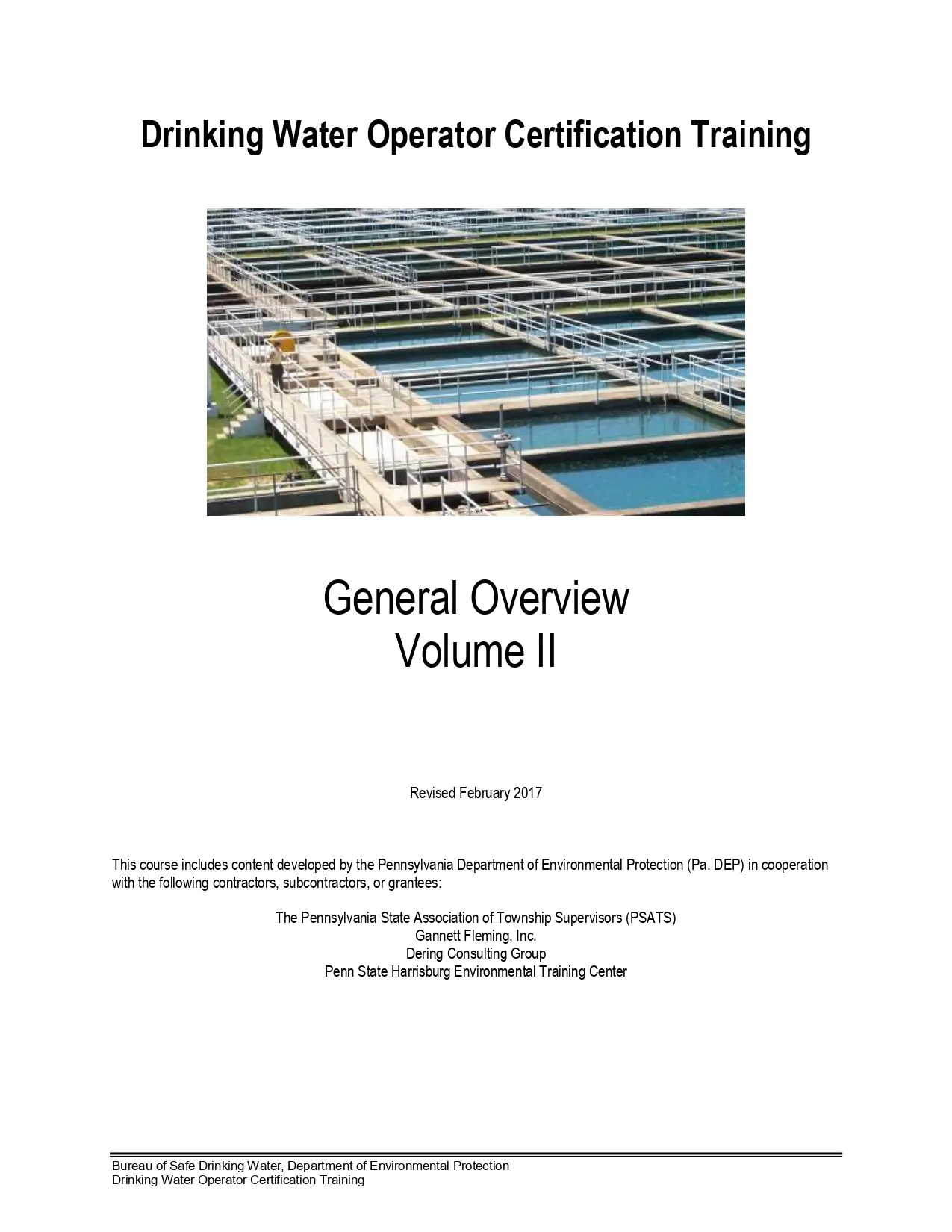
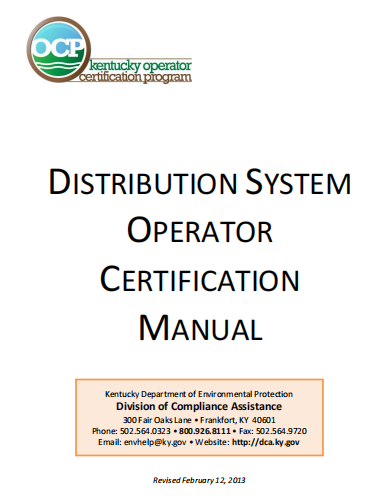
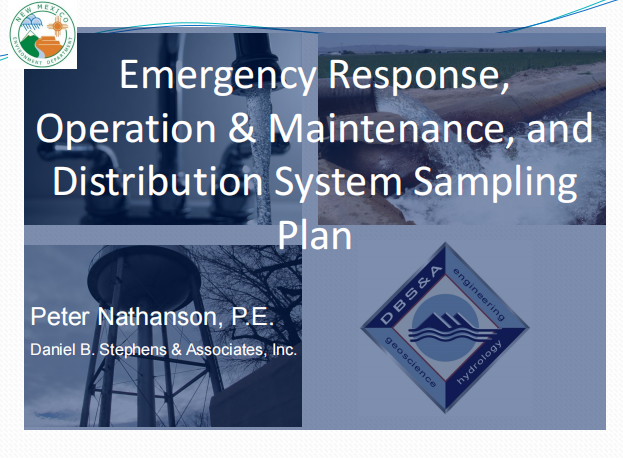
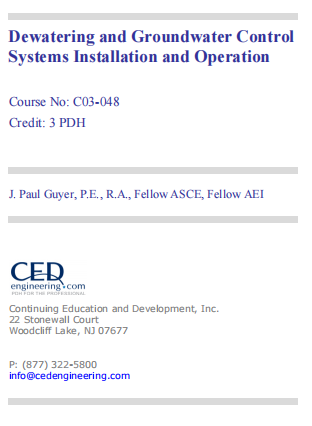

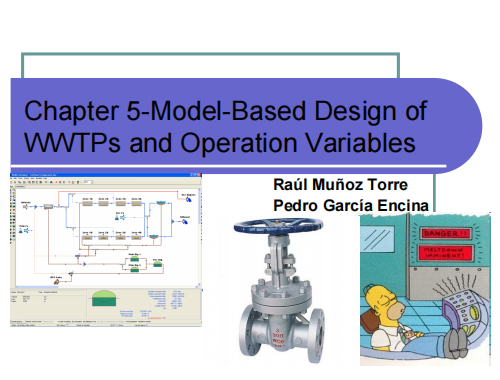
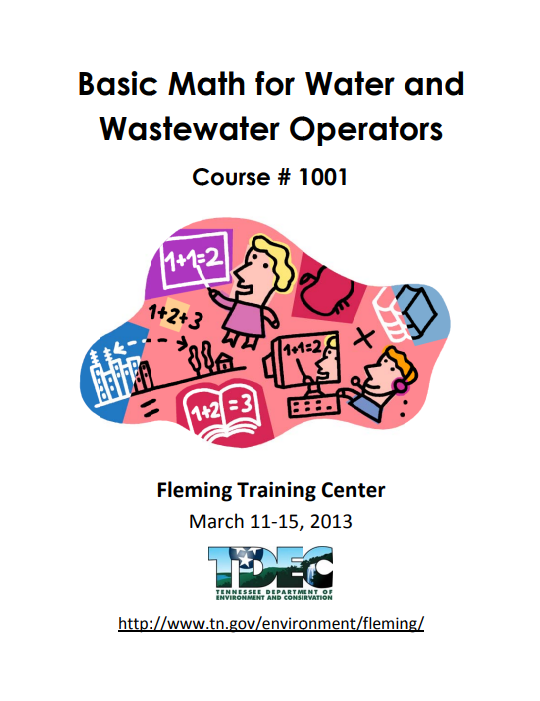
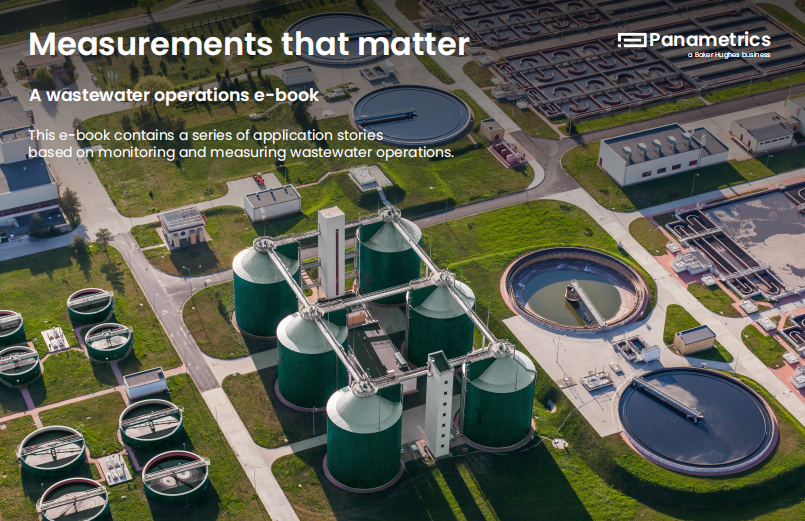
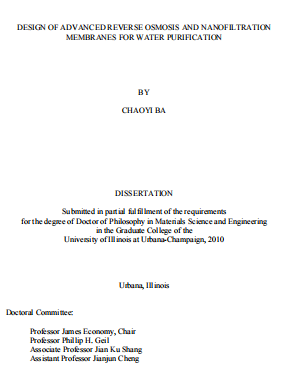
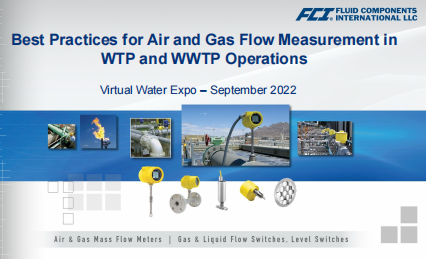
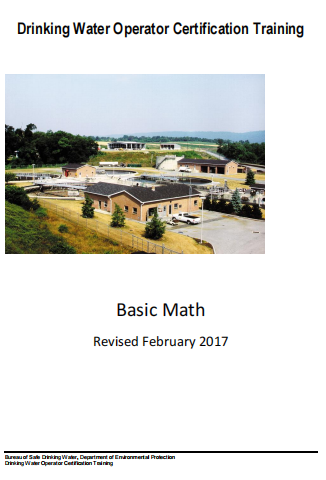
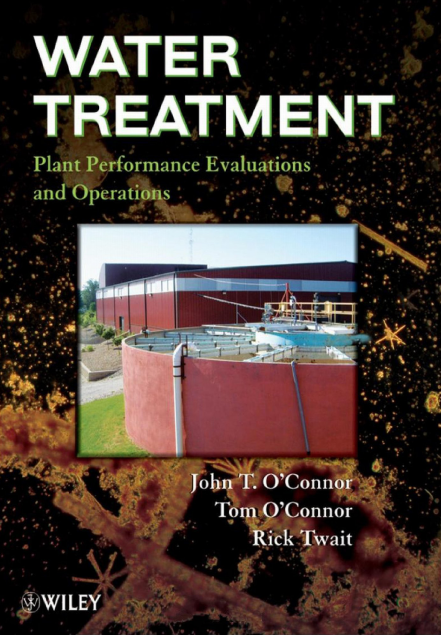
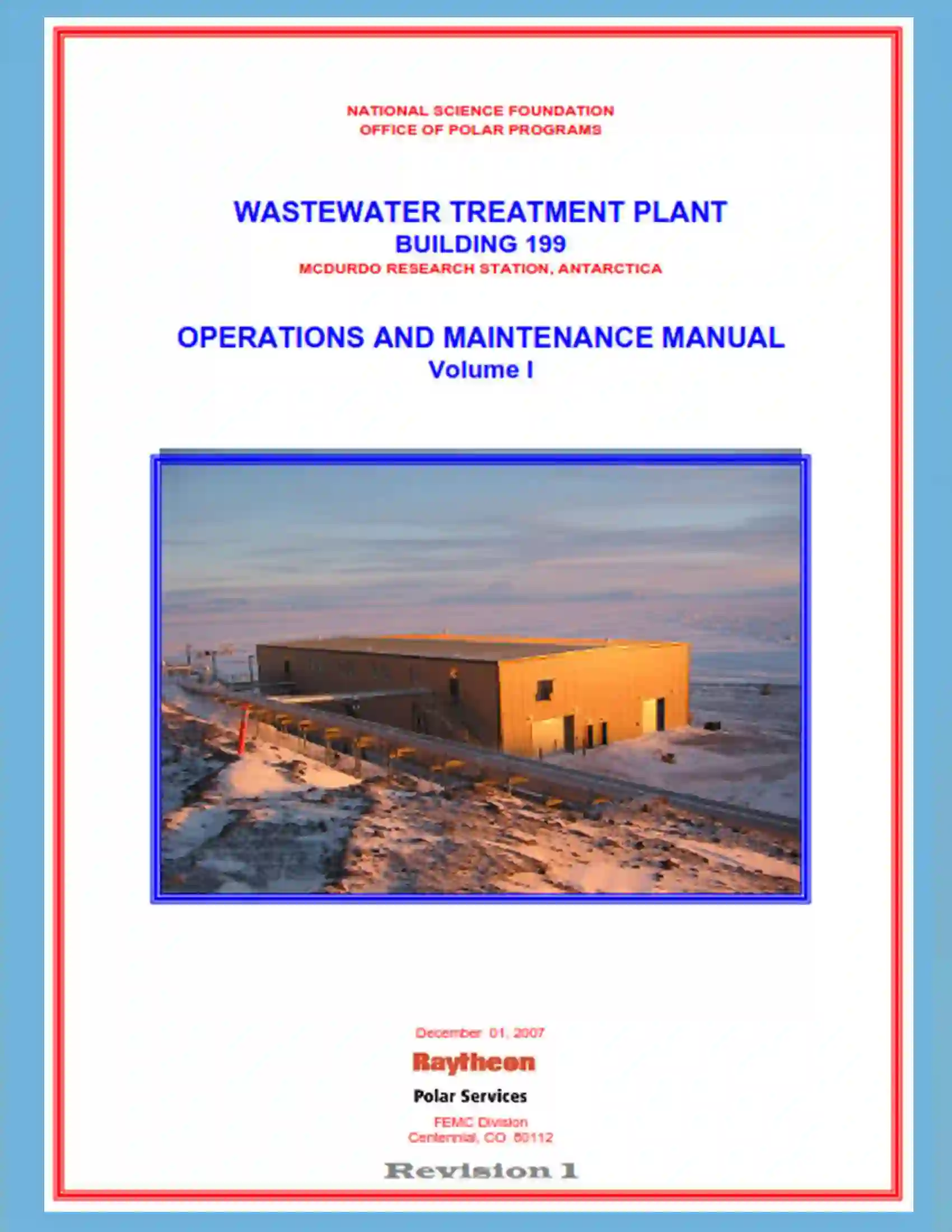
Reviews
There are no reviews yet.